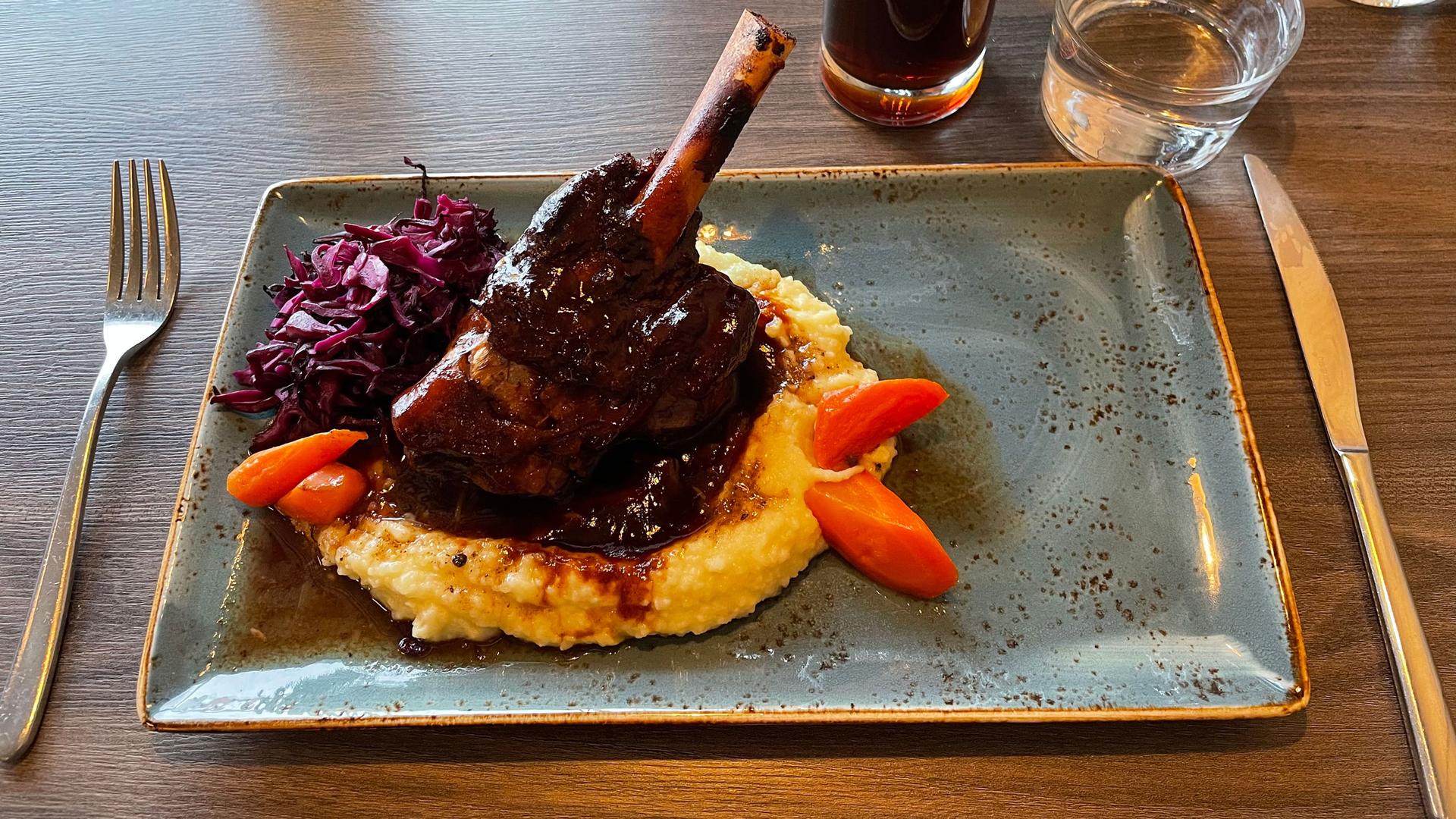In the kitchen of Restaurant Polfareren, reindeer ribs and miso-marinated cod are plated with precision. Each dish is part of a limited, high-quality menu, changing with the seasons.
Chef Josh Wing’s restaurant would be unsurprising in a cities like Paris or San Francisco. But it’s nowhere near a major metro.
Welcome to Longyearbyen.
Nestled between glaciers and permafrost and surrounded by the Arctic Ocean, this Arctic, research hub has developed a reputation for superb wines and Nordic fine dining.
The world’s northernmost permanent settlement is halfway between the tip of Norway and the North Pole, in the Norwegian archipelago of Svalbard.
And it’s just a snowmobile ride away from polar bears and ringed seals.
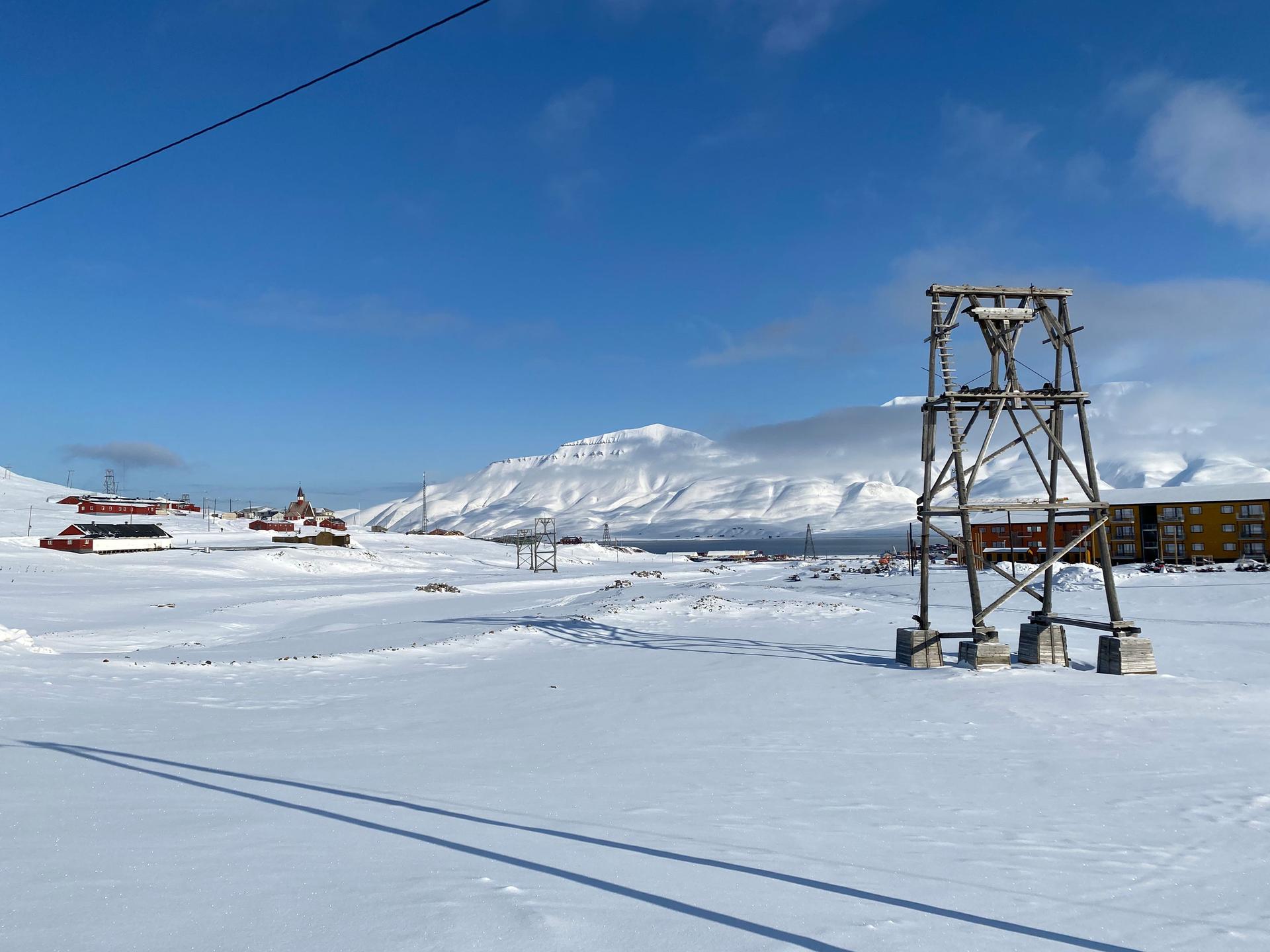
Today, the tourist destination has about 17 restaurants and a dozen hotels. Just a few decades ago, it was a coal-mining town with no restaurants.
Steve Torgersen, who moved to Longyearbyen with his family at the age of 15, said it was a company town back then, where residents lived in the coal company’s houses and ate at the company canteen.
“And it was in 1979, that was the first time you could go to another place to eat than the canteen,” he said.
That place was Huset, the first restaurant in Svalbard. Torgersen left high school to work there in 1990.
At that time, the food scene in Longyearbyen was growing slowly. A second restaurant opened in 1993, then a third. Hotels began popping up in the early ’90s.
Today, Torgersen owns a travel company, a bar and two restaurants. One of them is Gruvelageret, which offers a fine dining experience — and lots of local cultural history.
“People get more information and more knowledge about the place, and the history, and what has happened,” he said.
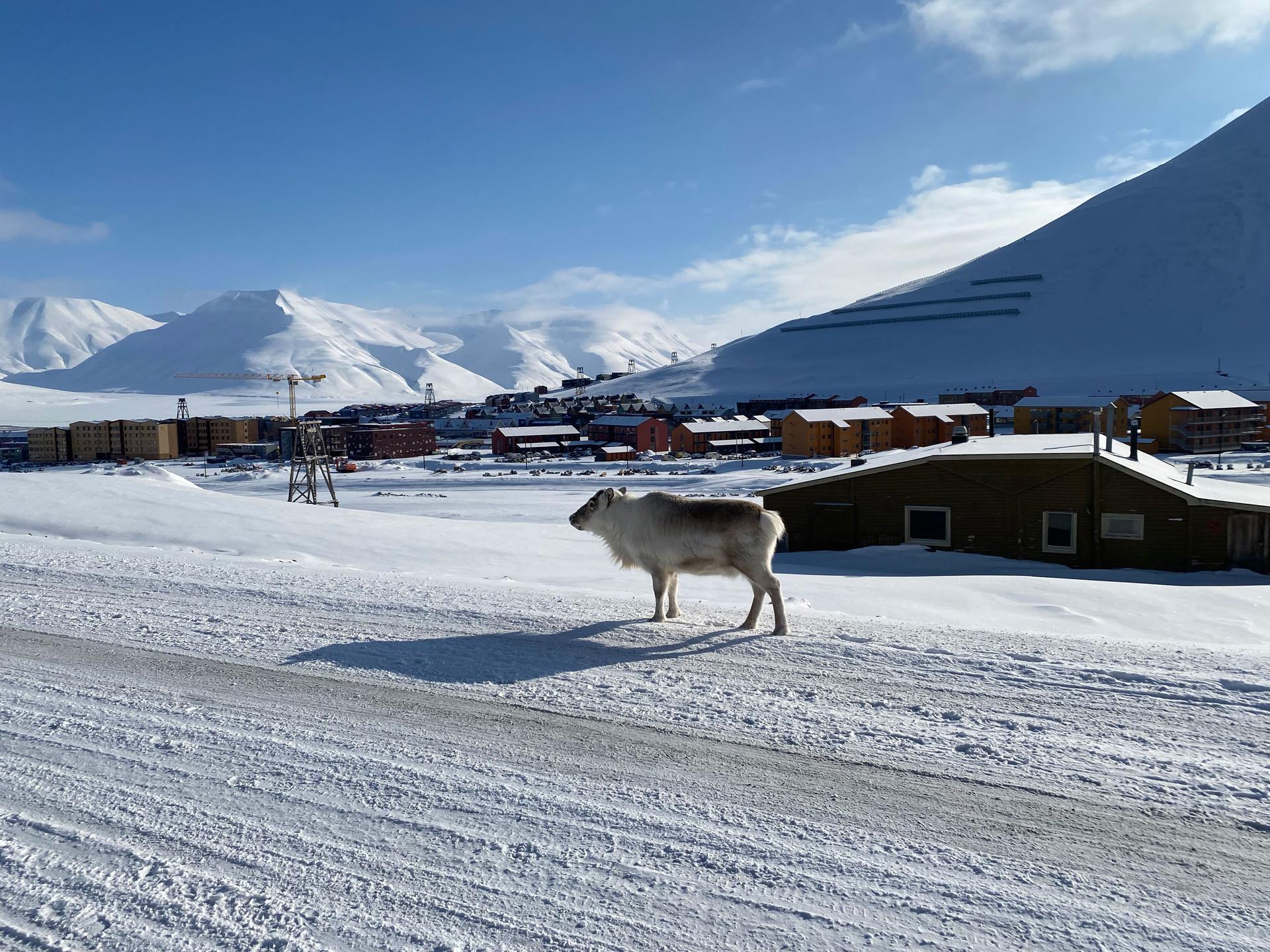
An Arctic menu
These days, Longyearbyen holds a powerful pull for young chefs like Josh Wing at Restaurant Polfareren. The small hotel restaurant specializes in Nordic-inspired fine dining with hints of Japanese influence.
Wing is from Montana, and he moved to Longyearbyen to work at Huset. There, he learned the art of Norwegian fine dining.
“That simplicity, the quality of ingredients, and focus you put on what you’re plating was very, very eye-opening to me,” he said.
Wing has now been in Longyearbyen for six years. He was hired at Polfareren in 2017, and became head chef in 2019. Like other chefs in this region, he encounters his share of challenges creating a high-quality, gastronomical experience at 78 degrees north of the equator.
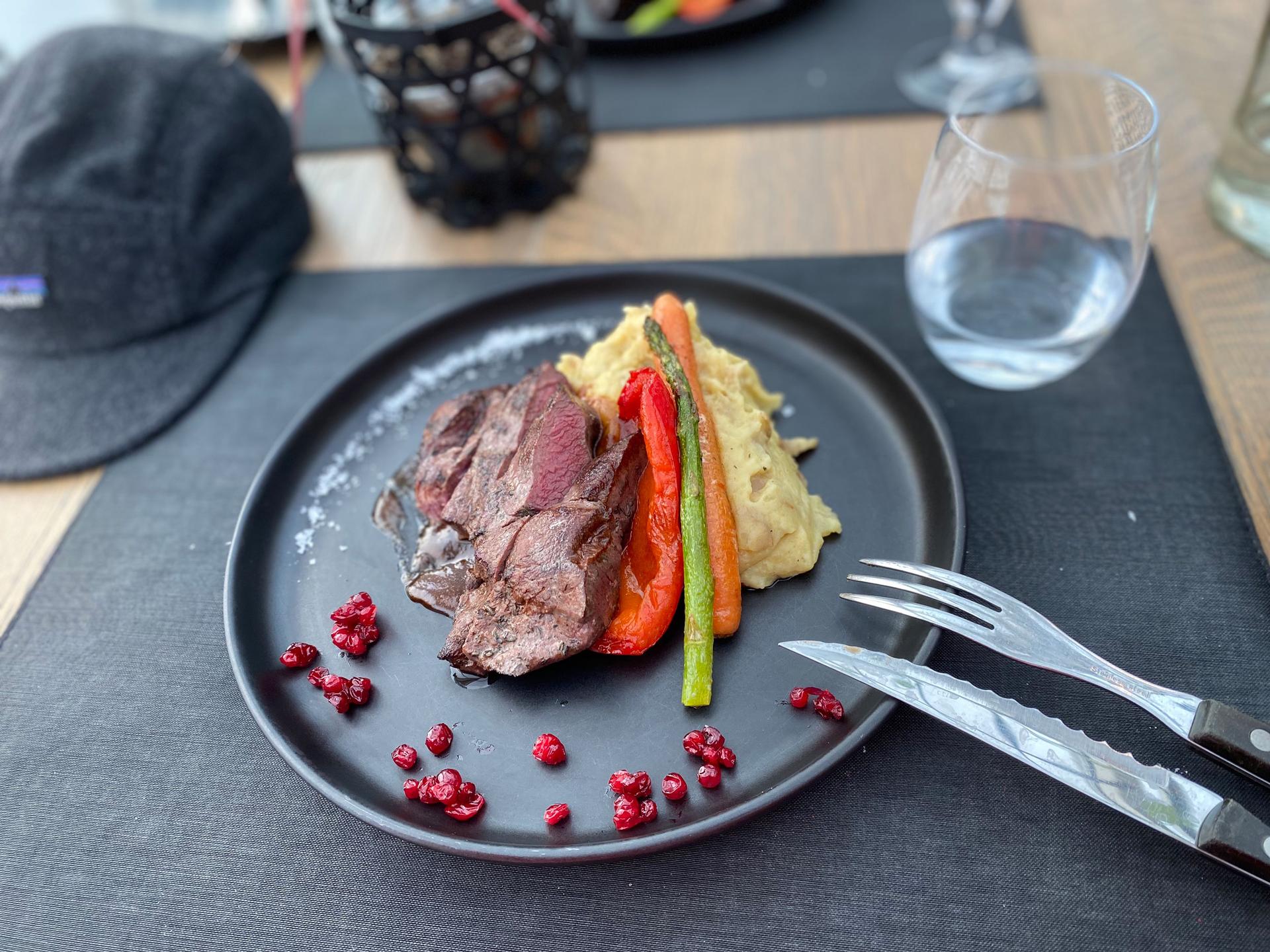
Many products have to be ordered from Tromsø, in mainland Norway, two weeks ahead of time. Then, they take a boat journey that’s three days at minimum.
“If it’s really, really rough seas, we might be delayed for a day,” Wing said.
This process makes produce, especially, difficult to preserve.
“Light, leafy vegetables and kale sometimes don’t really make that journey very well,” he said. “Delicate fruits don’t really make it.”
Wing serves as many local items as possible, such as reindeer, cod and ptarmigan, an Alpine game bird.
“This year, I ordered five reindeer from one of the trappers that we work with,” he said. “The ptarmigan I usually get from friends that are hunting locally.”
Wing catches the fish himself.
There’s little vegetation growing in Svalbard. But for one month a year, an ephemeral treasure comes out of the earth and onto Polfareren’s menu.
“There are little Arctic mushrooms that are fantastic,” Wing said. “A friend of mine goes and picks and brings them to me.”
In the high tourist season, Wing estimates about 80% of his guests are visitors.
“I’ve met so many people that come up here just for the food,” he said. “Which is pretty incredible when you think of all of the things that you can do here.”
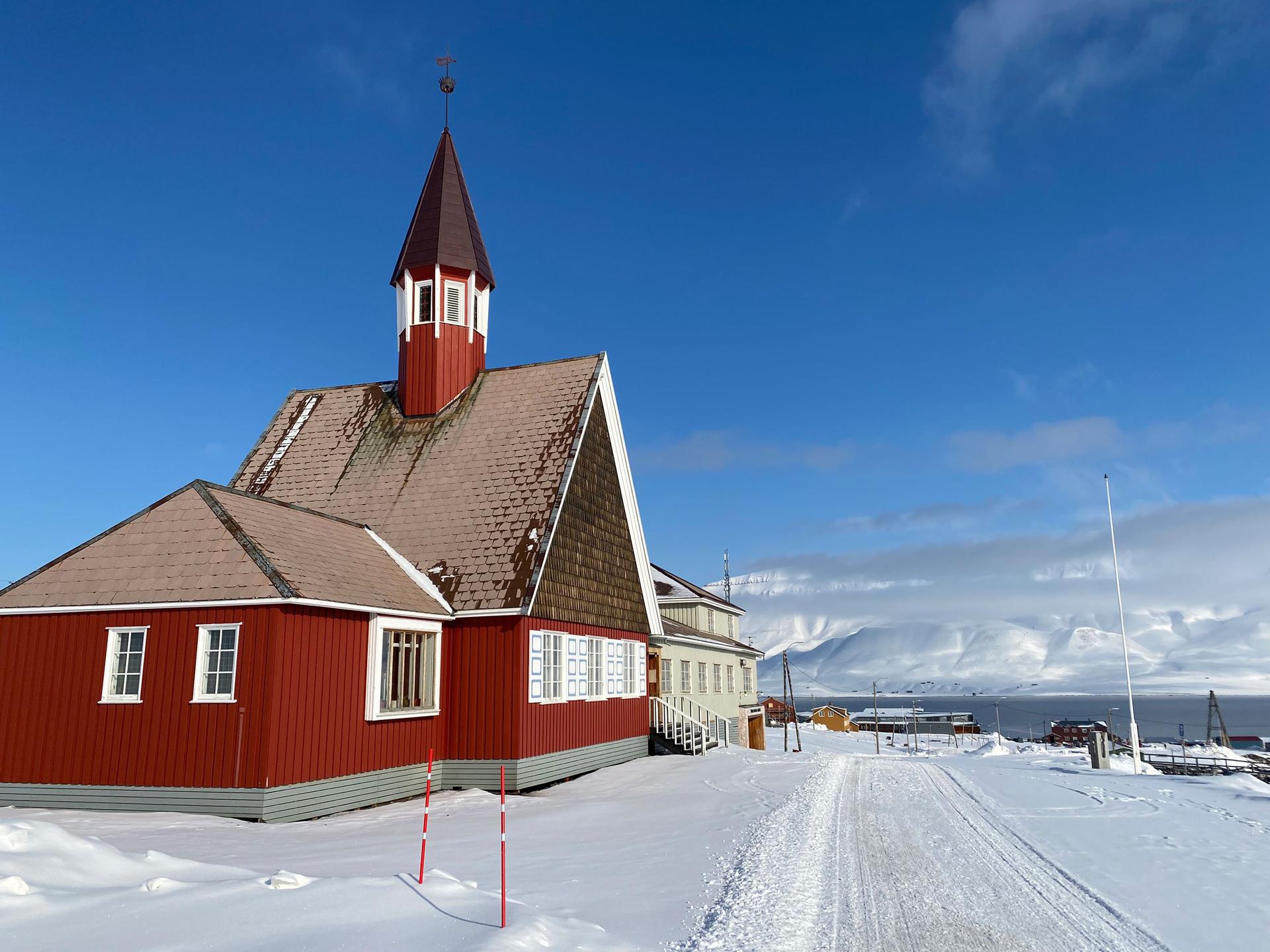
‘A kick of euphoria’
Andreas Viestad, a Norwegian restaurateur, food writer and TV host, has filmed several episodes of his show, “New Scandinavian Cooking,” in Svalbard.
“It’s become this sort of hub of research, but also of tourism and gastronomy,” he said.
Viestad said the reasons for the rise of Longyearbyen’s food culture are complex. To start, because of the tax regime, hotels and restaurants could import fine wines cheaply. Huset was the first, building a wine cellar to rival those in mainland Europe.
“Some of these hotels built really world-class wine cellars, where you could get well-matured bottles of wine at a price unlike anywhere else in the world,” Viestad said.
Viestad said the reputation of those wine cellars became a magnet for young, ambitious Scandinavian chefs who wanted to work a couple of years in “the wild.”
Then, there’s another more practical explanation for the advent of haute cuisine in Longyearbyen.
Visitors include researchers, extreme campers and students. But it’s also become a high-end tourist destination — and travelers in that category expect to get what they pay for.
Hotels are commonly $300 to $500 per night, or more in peak tourist season. A tasting menu at a place like Huset runs about $100, while an appetizer, main course and dessert at Polfareren may cost about $50 to $70.
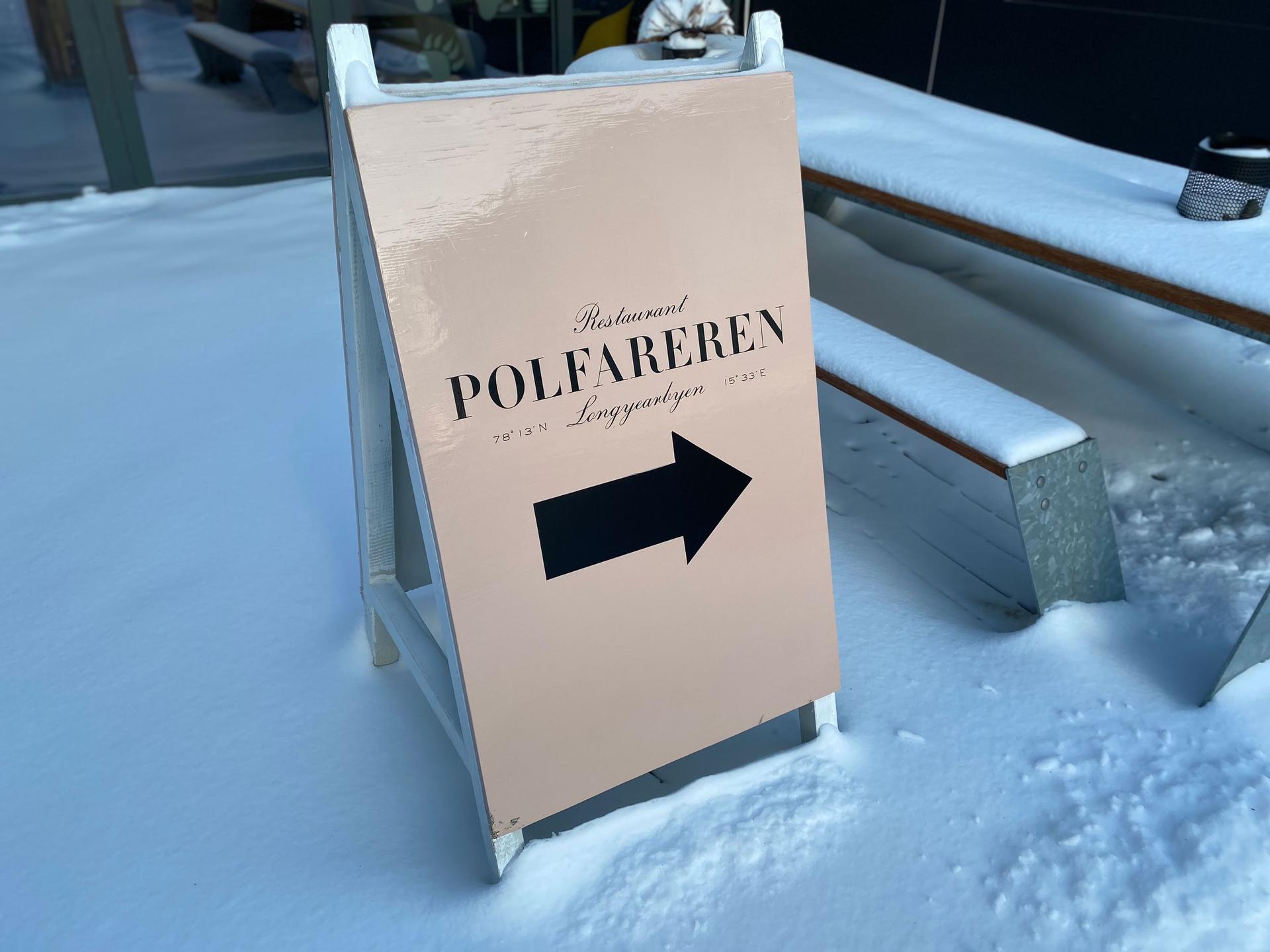
“When you’re traveling on such an adventure, you really want everything to be an adventure, even the dinner,” Viestad said.
While some people may be drawn to Longyearbyen for the restaurants, Viestad warned that the food can’t be separated from the place.
“It is an almost magical experience,” he said. “To have a meal and walk out into the cold and the snow, but it’s still bright as in the middle of the day, even though it’s midnight, it creates … this kick of euphoria.”
That’s a euphoria that chefs like Wing and Torgersen are working to create for each visitor, with every single menu.
Related: Svalbard’s polar bears persist as sea ice melts — but not forever
